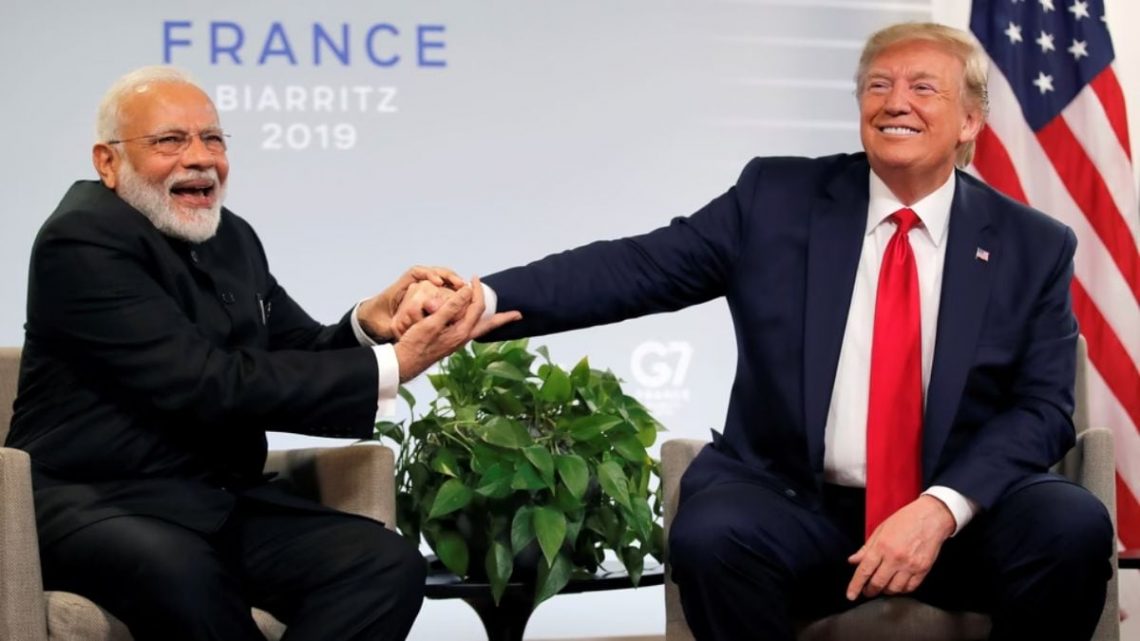As Finance Minister Nirmala Sitharaman is all set to create history by presenting the 8th consecutive budget in the parliament, there have been all sorts of expectations regarding what the
Union Budget 2025 would entail. This will be the first full budget which will be presented by Prime Minister Narendra Modi’s government after it came to power for the third consecutive time.
The major challenge which many believe the Modi government will be witnessing is the revival of growth and giving relief to the middle class in the country, which has been struggling with the rising cost of living. When it comes to the international perspective, India will also be eying on preparing a budget which can help sustain the country in the arena of uncertain global trade.
Sitharaman, who will be presenting the budget at the parliament on Saturday, is vying to provide a policy boost to the world’s fifth-largest economy. Many will keep a close eye on the budget since the Indian economy is expected to pose its slowest pace of growth in four years, amid frail urban demand and inflation risks fuelled by a weak currency.
In the midst of all this, here are the key concerns the budget is likely to address when it comes to India’s standing at the global level.
Several economists are expecting the budget to ease the burden of individuals through cuts in income tax and energy products. They also believe that the government would be interested in investing around $24 billion in job creation schemes, an ambition announced in the first post-election budget in July.
While speaking to the media ahead of the Budget parliamentary session, PM Modi said the budget “will give new faith and trust” to the country, without sharing the exact plans to shore up economic growth.
“In the third term, we will focus on India’s all-round development. We are moving ahead on mission mode…Innovation, inclusion and investment form the base of our economic activity. In this session of Parliament, many historic bills and amendments will be discussed,” PM Modi told the media present outside the parliament.
“After due and detailed discussions, these will be formed into laws. Especially Nari Shakti and women’s empowerment will be the centre of focus. Reform, perform, and transform will be our second area of focus,” he added.
According to Reuters, the government is expected to slightly better its fiscal deficit target for the current year while lowering it to below 4.5 per cent in the coming year that begins on April 1.
In a report released on Friday, India’s Chief Economic Advisor V Anantha Nageswaran forecast that the Indian economy would remain “sluggish” in the next fiscal year. He called for reforms in land and labour to boost mid-term growth. India is currently lagging in its own target to be a $5 trillion economy by 2025.
Many expect that the budget will also pave the path for India to cope with possible global disputes, especially with the United States now that President Donald Trump is in power. India is trying to preemptively lower tariffs on goods to save itself from Trump’s threatened tariffs.
On Thursday, Trump reiterated his warning to impose tariffs against BRICS nations if they move forward with their dream to de-dollarise. Amid these warnings, the Ministry of External Affairs announced on Friday, that Prime Minister Modi will be travelling to the United States this month, where he will hold talks with Trump.
Earlier this month, it was reported that India is already willing to offer more incentives, such as tax cuts and land access to American companies. A special focus will be put on the semiconductors and electronics sectors. Many believe that India would be seeking advantage of the tensions between the United States and China to increase its own share in the global supply chains.
The sectors New Delhi will largely focus on in this regard include, components for mobile phone assembly such as printed circuit board assembly, parts of camera modules, and USB cables, Reuters reported.
With inputs from Reuters.
Link to article –
Trump tariff, growth and cost of living: Key global concerns Union Budget 2025 likely to address

